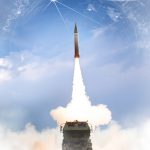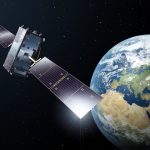VectorNav Technologies Participates in USAF’s NAVFEST Test Event to Enhance Robust PNT Solutions
VectorNav Technologies, a provider of high-performance, low-SWaP IMU and GNSS-Aided Inertial Navigation Systems, recently participated in the USAF’s NAVFEST 2024 Test Event. The event, hosted by the 746th Test Squadron at Holloman Air Force Base, New Mexico, and held at White Sands Missile Range (WSMR), took place from May 6-17.
By Inside GNSS













